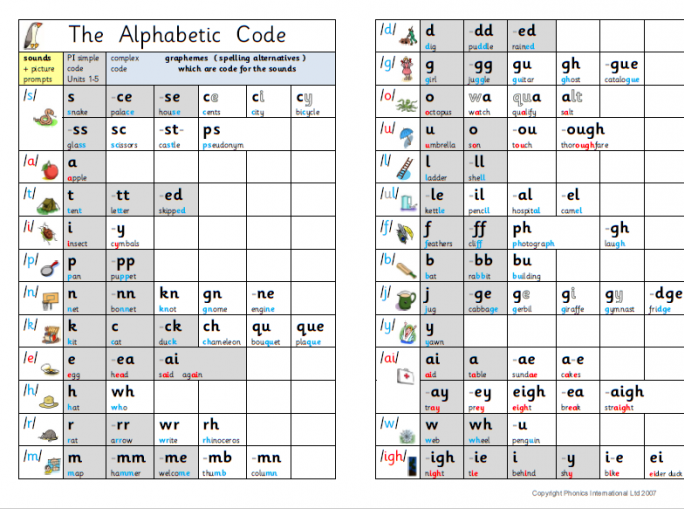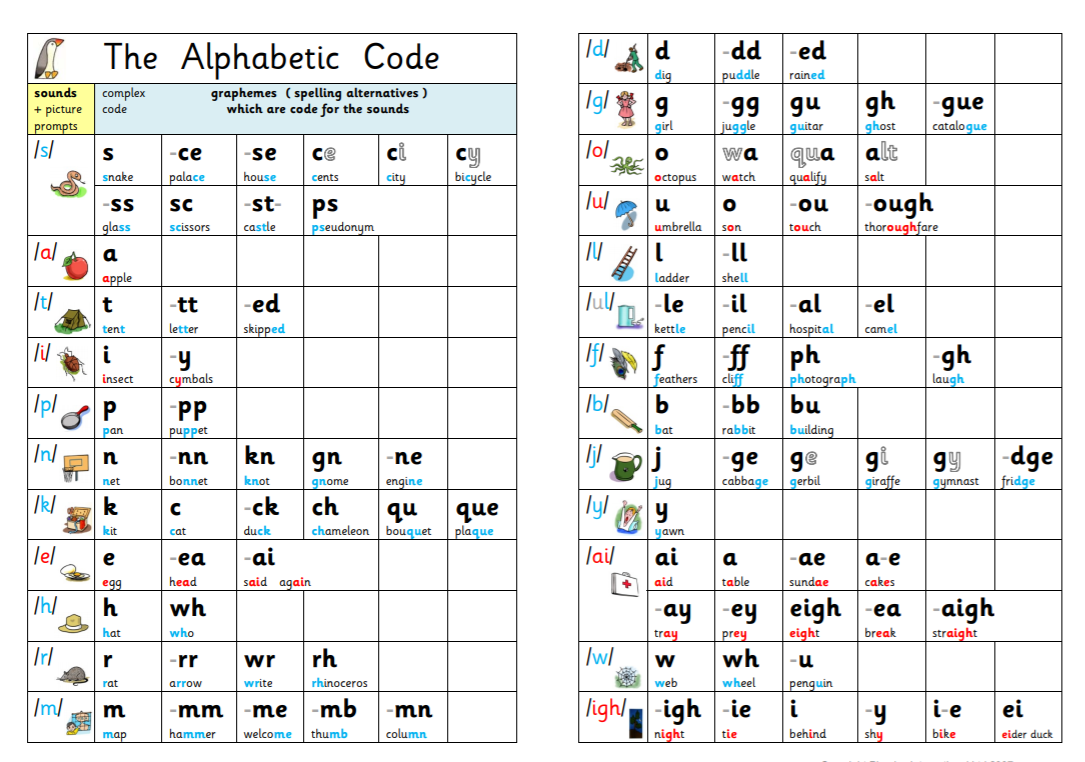Phonemes and Graphemes

When first learning about teaching phonics it can be challenging to wrap your head around how it all works. For teachers who are used to teaching with letter names, it can be tricky to know what a ‘sound’ is and what it isn’t. So, here are some fundamentals of sounds and letters to help get you on track.
Firstly, it is important to call things by their right names and to teach these names to students.
There are 44 phonemes in Australian English - 24 consonant phonemes and 20 vowel phonemes.


This is quite different from letters of which there are 26.
In order to represent the 44 phonemes of Australian English we use a range of graphemes (letters or letter combinations). Children need to know 150 - 200 of these phoneme/grapheme correspondences in order to read a reasonably complex text and these need to be taught explicitly and systematically.
Teaching children to map phonemes to graphemes is an important skill for both reading and spelling.
Once you understand about phonemes and graphemes, you can start to teach your students how to map phonemes themselves. The following clip demonstrates how phonemes and graphemes work together. I originally made this (and other clips) for parents, so forgive me if I'm 'teacher-splaining'.
What Could the Teaching Look like in your classroom?
This mapping of phonemes to graphemes should form a part of your daily phonics lessons, regardless of your student's age. If your students do not have knowledge of the 44 phonemes and their multiple representations, then this work needs to form part of your daily classroom work. It will provide the foundation your students need to be strong readers and spellers.
N.B. Blends such as bl, tr, nt and pt are not phonemes. They are consonant clusters that are simply two phonemes next to each other.

 Jocelyn Seamer Education
Jocelyn Seamer Education
2 comments
Leave a comment